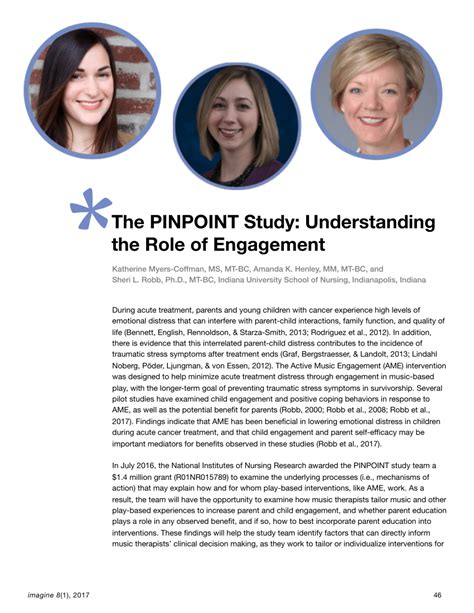The future of learning: How blockchain revolutionizes education with cryptomain
In recent years, cryptocurrencies such as Bitcoin and Ethereum have gained extensive recognition as the power to be taken into account. However, their potential applications are far beyond the finance area. Blockchain technology, the basis of these digital names, acquires traction in various sectors, including education. One of the areas in which blockchain has a significant impact is to improve educational experience.
Traditional Model: centralized and limited

In traditional schools, students are often required to buy textbooks or pay for expensive software subscription. This model may be restrictive to those who do not have the funds to afford these resources. In addition, the centralized nature of this model can lead to a lack of personalized educational experience.
Blockchain solution: decentralized and democratized
Blockchain technology offers a decentralized alternative where data is stored more on multiple nodes (computers) than in one central location. This allows safe, transparent and unauthorized storage of educational content. In addition, blockchain-based platforms allow peer-to-peer teaching to support the community and cooperation environment.
As blockchain increases education
1.
- Personalized education : By using the decentralized nature of blockchain, teachers can create adapted educational paths for each student based on their strengths and weaknesses and interests.
3.
- Collaborative Learning : Online platforms using blockchain can make it easier for Peer-to-peer to cooperate, allowing students to cooperate on projects and share knowledge.
Real world examples:
1
- Kadenze’s blockchain powered education : Kadenze, coding bootcamp, uses blockchain to create safe and transparent digital portfolios for their students.
Challenges and opportunities
Although the potential of the blockchain in education is exciting, the challenges must also be addressed:
1.
- Scalability : Blockchain -based systems require significant computational performance and storage capacity that can limit scalability to extensive educational platforms.
- Security
: Ensuring the safety of blockchain -based educational data is decisive because it directly affects the privacy and confidence of students.
Conclusion
The role of blockchain in education is rapidly developing and many promising applications are on the horizon. By using decentralized technologies, both educators and students can create more personalized, more transparent and collaborative educational experiences. As we move forward, it is necessary to address the calls associated with the reception of blockchain and strive to create robust regulatory frames.
Recommended sources
- COURSERA: Educational platform based on blockchain
- Kadenze: Education driven by blockchain
- Ethereum: Bitcoin creator
- Blockchainov Association: Industrial Blockchain Guide in Education
By accepting the potential of blockchain technology, we can revolutionize the way we learn and pass knowledge.

